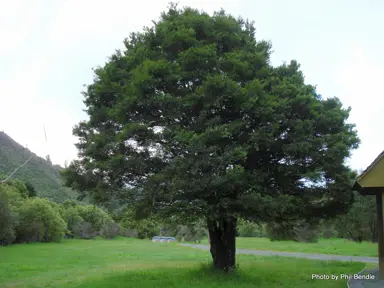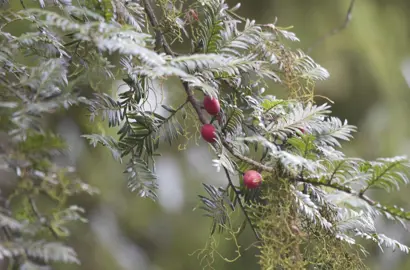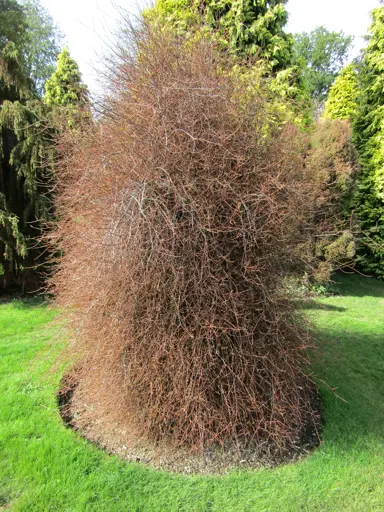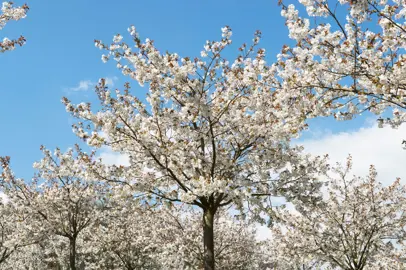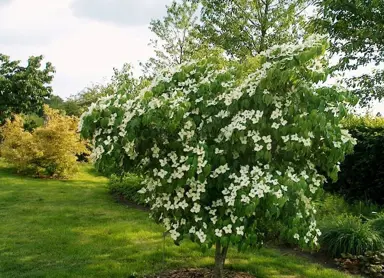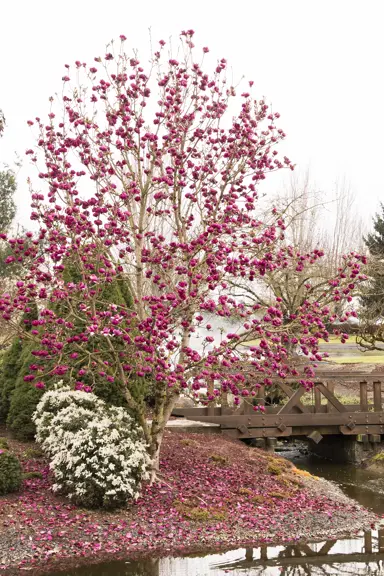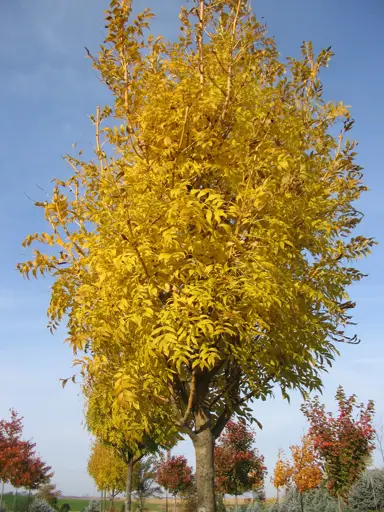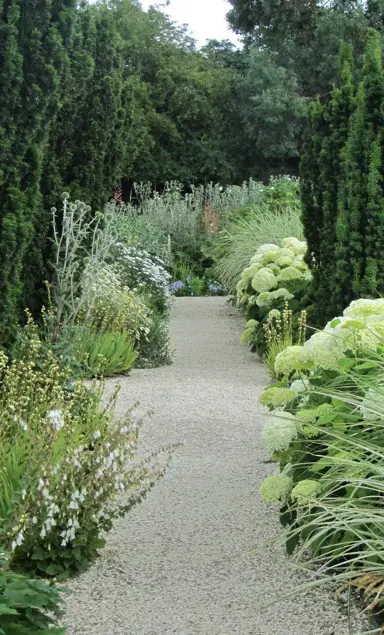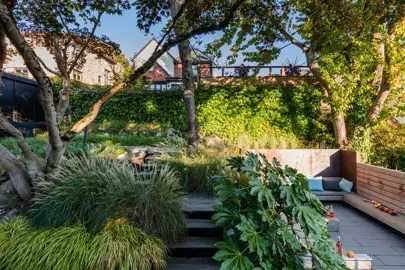Prumnopitys ferruginea (Miro)
Prumnopitys ferruginea, commonly known as Miro, is a majestic New Zealand native tree belonging to the Podocarp family. This long lived evergreen species is renowned for its attractive dark green foliage and fleshy red seed cones that attract native birds such as kererū. Miro is a slow growing but highly valuable specimen tree that brings heritage, shade, and ecological importance to NZ gardens and landscapes. It is ideal for large properties, parks, and native revegetation projects.
